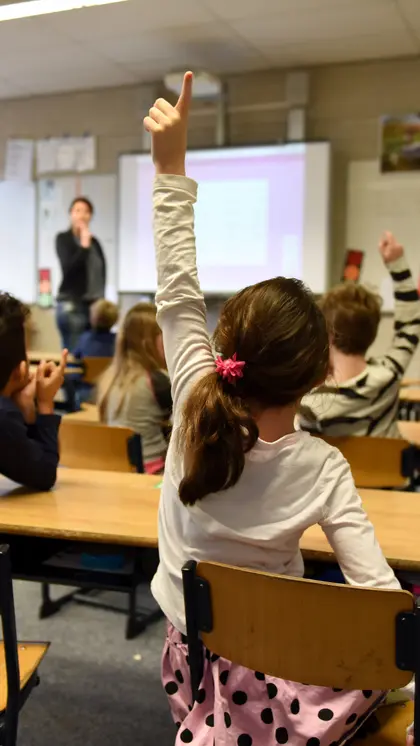
Revisiting: What Spirit Should it Have?
David Jakes
At EdSpaces 2022 conference in Portland last fall, I saw a presentation entitled “The Surprising Ways Students Use Spaces” where the presenters showcased, among other things, some of their community engagement strategies. One survey question they asked students to respond to caught my attention:
“At this school, I get to do what I do best every day.”
That’s a great question. And it’s worth asking.
In my opinion, that question seeks to understand the ability of students to find their place in the learning process. Not only this, but it examines how students find their place in the school while applying their best attributes to their daily experience and to the process of learning.
Building a school culture that serves and supports this student experience requires the most human of intent and the deepest dedication of those shaping it. It’s a formidable challenge, given the current state of post-pandemic schools, political challenges to how schools function, tired and dated spaces, and the list goes on and on.
But the answer is available if you know where to look. And it’s been around for a while. An answer involves articulating a bold vision for how the spaces of school serve children.
If you have not had the opportunity to read What Spirit Should It Have, and you are interested in learning spaces, you’re overdue. In 1941, Frances Pressler, the Director of Activities for the Winnetka Public Schools (IL) wrote an amazing letter to the architectural team that designed Crow Island School for the school district. You can find it here - I believe that you will find it both enlightening and energizing, even after all of these years. The letter is basically a manifesto that declares how the spaces of the school, or really any school, should serve students.
Pressler writes about the spaces of the new school:
They should express the rightness of the place of adults within the child’s world rather than the usual reverse situation, an acceptance of children in the adult world.
All the architecture shall be a setting for childlife.
Here’s more:
It must be inspiring – with a beauty that suggests action, not passiveness on children’s part. Yet it must give children the basic feeling of rightness, and fitness, that gives them belief that they too can be, act and create, and that they, their action and creation are needed.
This is one person’s view of the meaning of space. And it’s terrific.
What letter would you write about space, children, and school?
Great schools believe in a shared common vision for their spaces, crafted by all. This vision must be reflective of an inclusive process that provides a unified path and direction for space, one that the entire school community creates and strives every day to uphold. It must define the relationship between children and space and what space means for the school experience. In the spirit of Pressler’s letter, a vision must clearly declare what physical spaces can and must be.
For too many years, the spaces of schools have taken a backseat to the myriad of challenges that schools face. Schools typically have vision statements for their school - the time is now to create one just for your learning spaces.
So, go ahead and create a vision for the spaces of your school. It can be anything, from the beautiful prose of Pressler to the simplest of statements that define spaces as a place where “I get to do what I do best every day.”